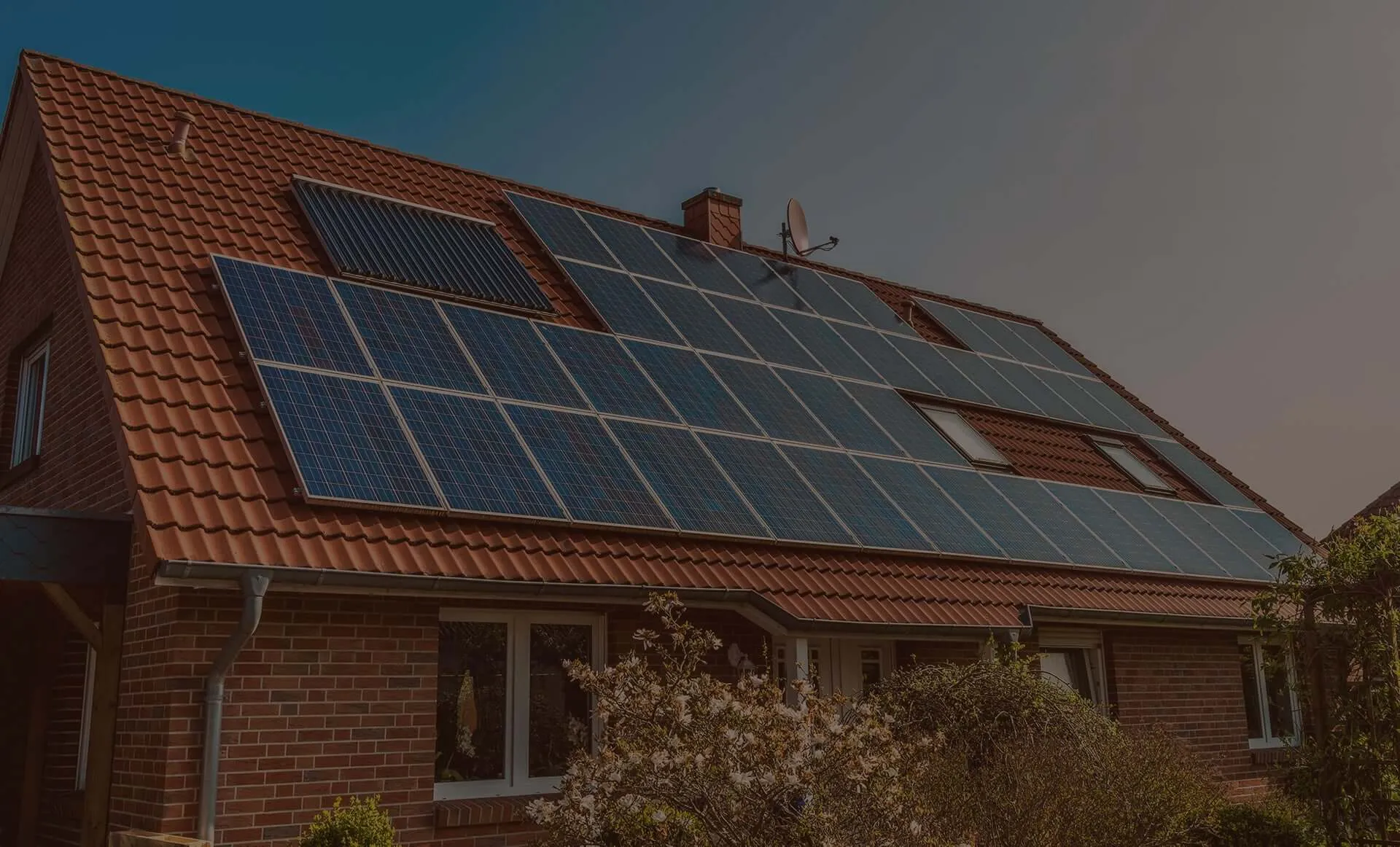Exploring the Benefits and Applications of Monofacial and Bifacial Solar Panel Technologies
The Rise of Mono Bifacial Solar Technology A Comprehensive Overview
As the demand for renewable energy continues to grow, innovations in solar technology are gaining momentum. Among these advancements, mono bifacial solar panels have emerged as a highly efficient and versatile solution. This article explores the functionality, benefits, and potential future of mono bifacial solar technology.
What Are Mono Bifacial Solar Panels?
Mono bifacial solar panels are a type of photovoltaic module that utilizes both sides of the panel to capture sunlight. These panels are predominantly made from monocrystalline silicon, which is known for its high efficiency and long lifespan. The term bifacial refers to the ability to absorb solar energy from both the front and the rear surfaces of the panel, making them capable of harnessing additional light reflected from the ground and surrounding surfaces. This dual-sided operation significantly increases the overall energy output compared to traditional single-sided solar panels.
Advantages of Mono Bifacial Technology
1. Increased Energy Yield One of the most significant advantages of mono bifacial panels is their ability to produce more electricity. Studies show that bifacial panels can generate up to 30% more energy compared to conventional panels, depending on the installation conditions. By utilizing both sides, these panels capitalize on albedo effects—the reflection of sunlight from nearby surfaces like soil, snow, or concrete.
2. Higher Efficiency Mono bifacial panels benefit from the inherent efficiency of monocrystalline silicon, which typically has a higher efficiency rating than polycrystalline varieties. The combination of monocrystalline technology and bifacial functionality leads to improved performance, especially in diverse environmental conditions.
3. Durability and Longevity The materials and design used in mono bifacial panels often lead to enhanced durability. Because they are built to withstand more rigorous environmental conditions—like snow load or high winds—they generally last longer than traditional panels. This increases their overall return on investment for consumers.
mono bifacial

4. Versatility in Installation Mono bifacial technology can be deployed in various settings, including rooftops, ground-mounted systems, and even floating solar farms. Their design allows installation in areas with snow or reflective surfaces to maximize their energy collection capabilities, making them suitable for diverse geographical locales.
5. Reduced Soil and Dust Impact With the ability to capture energy from both sides, mono bifacial panels can mitigate the adverse effects of dust and debris that might accumulate on the panels. The enhanced energy capture from the rear side helps offset any potential loss of efficiency due to dirt on the front.
Challenges and Considerations
While the advantages of mono bifacial solar panels are compelling, there are challenges to consider. The initial installation costs can be higher compared to traditional solar panels, which may deter some consumers. Additionally, the optimal performance of bifacial technology relies heavily on the installation environment, including the reflectivity of the ground and the angle of sunlight.
Looking Ahead
As the global energy landscape continues to evolve, the adoption of mono bifacial solar technology is likely to increase. Advancements in manufacturing, reduction in costs, and heightened environmental awareness will drive further interest in this efficient solar solution. Governments and energy sectors worldwide are recognizing the potential of bifacial technology as an integral part of achieving sustainable energy targets.
In conclusion, mono bifacial solar panels represent a significant advancement in solar technology. Their dual-sided energy collection, combined with the efficiency of monocrystalline materials, not only offers higher energy yields but also showcases a promising future for renewable energy. As the world moves towards cleaner energy sources, technologies like mono bifacial solar panels will play a crucial role in shaping a sustainable environment for future generations.
-
String Solar Inverter: The High-Efficiency Solution for Smart Solar EnergyNewsJul.14,2025
-
Revolutionizing Rooftop Energy with the Power of the Micro Solar InverterNewsJul.14,2025
-
Power Independence with Smart Off Grid Solar Inverter SolutionsNewsJul.14,2025
-
On Grid Solar Inverter: Powering the Future with Smart Grid IntegrationNewsJul.14,2025
-
Monocrystalline Solar Panels: High-Efficiency Power for the Future of Clean EnergyNewsJul.14,2025
-
Bifacial Solar Panel: A Smarter Investment for Next-Generation Energy SystemsNewsJul.14,2025







